SATCAT no. 79158411 Inclination 29.5° Dates 8 Jun 1975 – 22 Oct 1975 | COSPAR ID 1975-050A1975-050D Spacecraft 4V-1 No. 660 Period 2 days Landing mass 1,560 kg Launch date 8 June 1975 | |
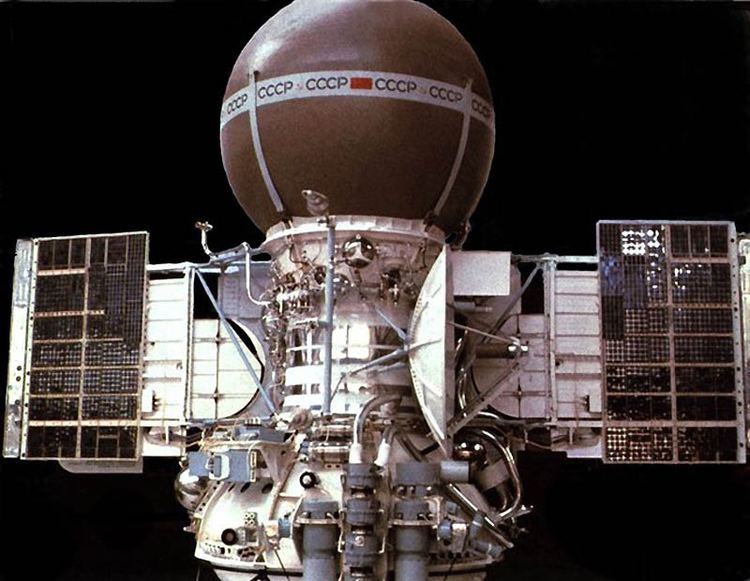 | ||
Mission duration Orbiter: 200 daysLander: 53 minutes | ||
Kerbal space program venera 9 rss
Venera 9 (Russian: Венера-9 meaning Venus 9), manufacturer's designation: 4V-1 No. 660, was a Soviet unmanned space mission to Venus. It consisted of an orbiter and a lander. It was launched on June 8, 1975, at 02:38:00 UTC and had a mass of 4,936 kilograms (10,882 lb). The orbiter was the first spacecraft to orbit Venus, while the lander was the first to return images from the surface of another planet.
Contents
- Kerbal space program venera 9 rss
- Ksp venera 9 pure stock replicas
- Orbiter
- Orbiter instruments and experiments
- Lander
- Lander payload
- Image processing
- References
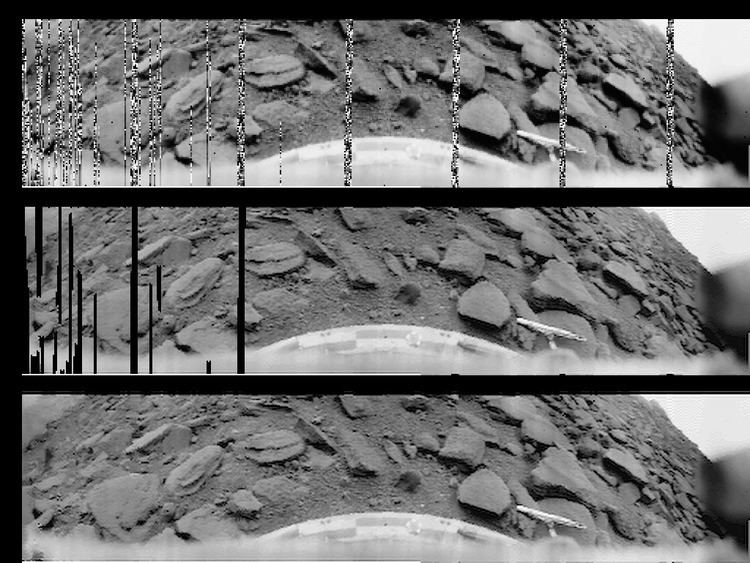
Ksp venera 9 pure stock replicas
Orbiter
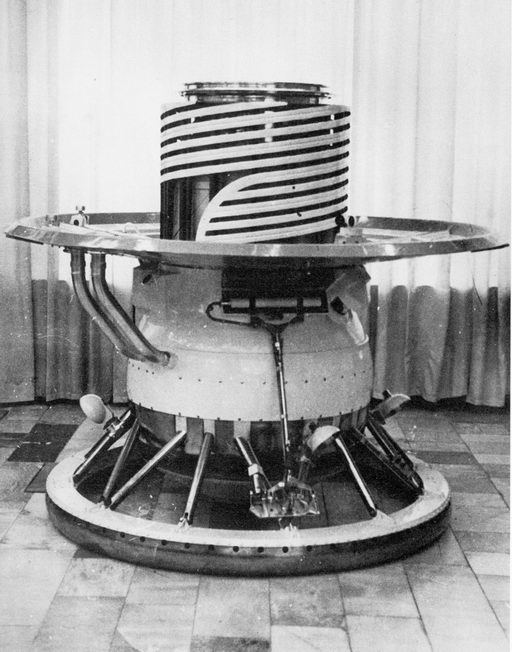
The orbiter consisted of a cylinder with two solar panel wings and a high gain parabolic antenna attached to the curved surface. A bell-shaped unit holding propulsion systems was attached to the bottom of the cylinder, and mounted on top was a 2.4-metre (7.9 ft) sphere which held the lander.

The orbiter entered Venus orbit on October 20, 1975. Its mission was to act as a communications relay for the lander and to explore cloud layers and atmospheric parameters with several instruments and experiments. It performed 17 survey missions from October 26, 1975 to December 25, 1975.
Orbiter instruments and experiments
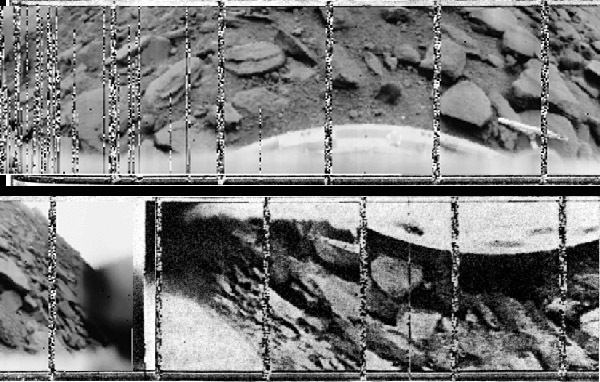
Lander
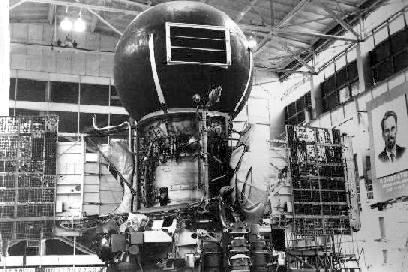
On October 20, 1975, the lander spacecraft separated from the orbiter, and landing was made with the Sun near zenith at 05:13 UTC on October 22. Venera 9 landed within a 150 km (93 mi) radius of 31.01°N 291.64°E / 31.01; 291.64, near Beta Regio, on a steep (20°) slope covered with boulders (suspected to be the slope of the tectonic rift valley, Aikhylu Chasma). The entry sphere weighed 1,560 kg (3,440 lb) and the surface payload was 660 kg (1,455 lb).
It was the first spacecraft to return an image from the surface of another planet.
A system of circulating fluid was used to distribute the heat load. This system, plus pre-cooling prior to entry, permitted operation of the lander for 53 minutes after landing, at which time radio contact with the orbiter was lost as the orbiter moved out of radio range. During descent, heat dissipation and deceleration were accomplished sequentially by protective hemispheric shells, three parachutes, a disc-shaped drag brake, and a compressible, metal, doughnut-shaped landing cushion. The landing was about 2,200 km (1,400 mi) from the Venera 10 landing site.
Venera 9 measured clouds that were 30–40 km (19–25 mi) thick with bases at 30–35 km (19–22 mi) altitude. It also measured atmospheric chemicals including hydrochloric acid, hydrofluoric acid, bromine and iodine. Other measurements included surface pressure of about 9,100 kilopascals (90 atm), temperature of 485 °C (905 °F), and surface light levels comparable to those at Earth mid-latitudes on a cloudy summer day. Venera 9 was the first probe to send back black and white television pictures from the Venusian surface showing no shadows, no apparent dust in the air, and a variety of 30 to 40 cm (12 to 16 in) rocks which were not eroded. Planned 360-degree panoramic pictures could not be taken because one of two camera lens covers failed to come off, limiting pictures to 180 degrees. This failure recurred with Venera 10.
Lander payload
Image processing
Don P. Mitchell recently came across the original Venera imaging data while researching the Soviet Venus program, and reconstructed the images using modern image processing software.
